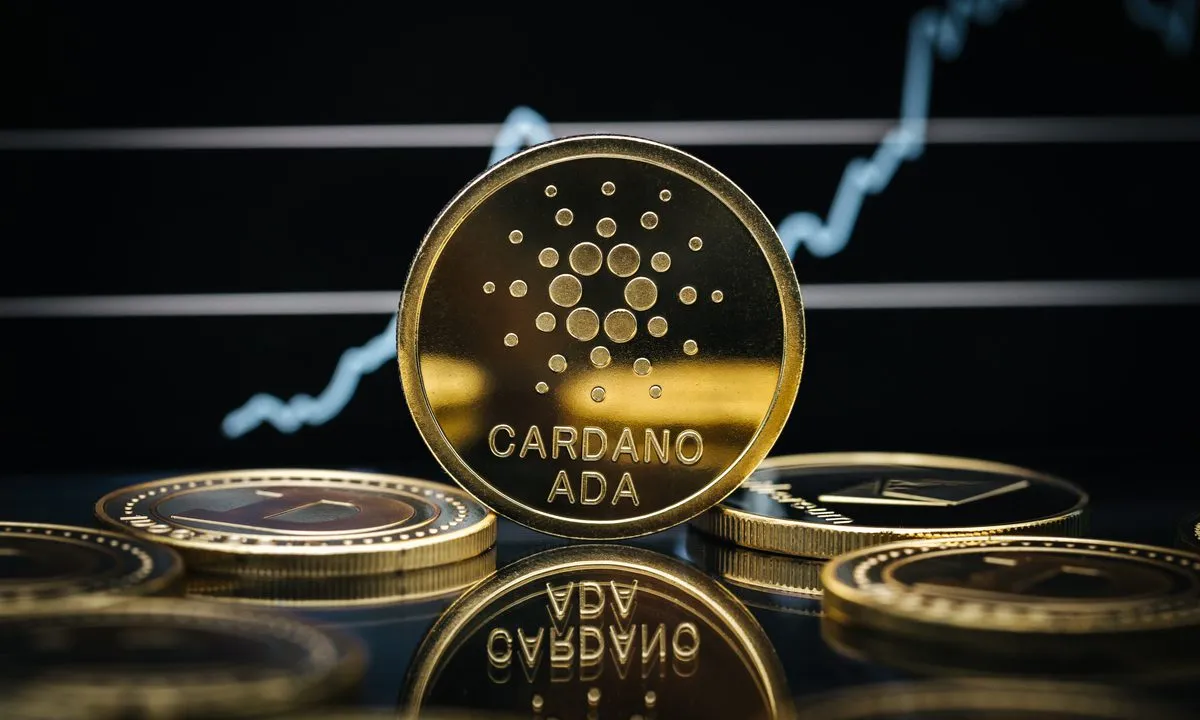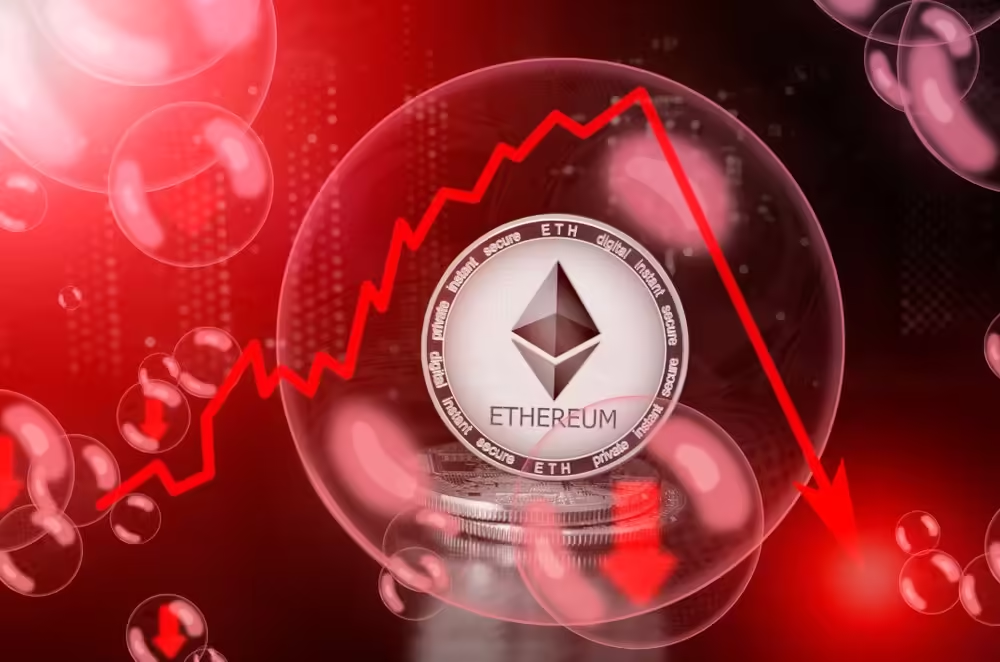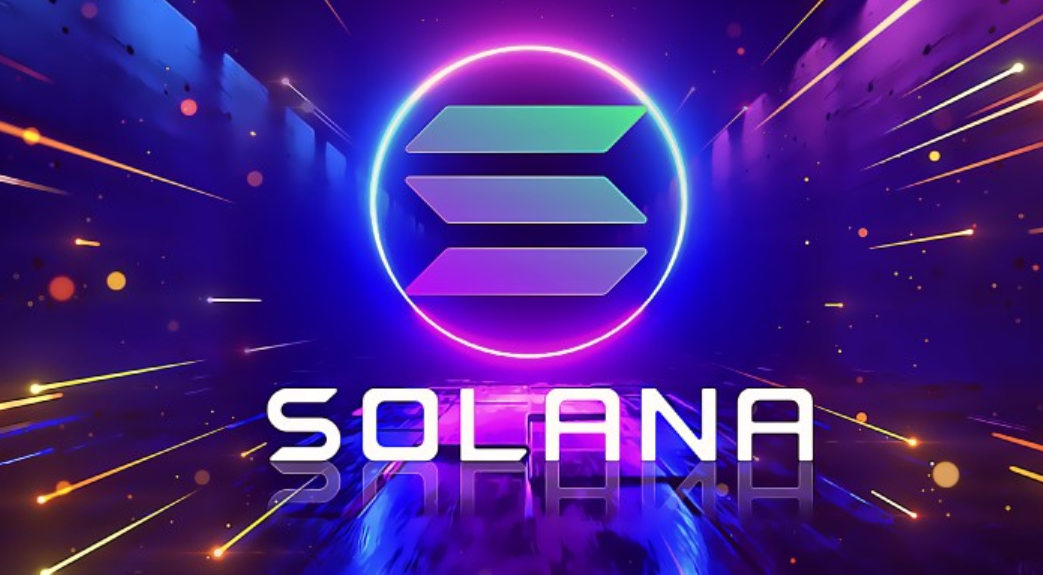|
Getting your Trinity Audio player ready...
|
The Solana blockchain witnessed a meteoric rise in stablecoin market capitalization, more than doubling from $5.1 billion on New Year’s Day to $11.4 billion by the end of the month, according to data from DefiLlama. This surge is linked to the network’s growing popularity among memecoin traders, who are flocking to Solana for its lower transaction fees and faster processing times compared to Ethereum.
A key catalyst for this boom was the launch of US President Donald Trump’s Solana-based cryptocurrency on January 18, followed by the introduction of a MELANIA token named after the First Lady. This new wave of memecoin speculation has propelled Solana’s stablecoin issuance, with stablecoin supply increasing by over 73% since mid-January, according to CCData.
While Tether’s USDT remains the dominant stablecoin across Ethereum and Tron, with a market cap of $65 billion and $60 billion respectively, Circle’s USDC is leading the stablecoin charge on Solana. USDC now represents nearly 80% of the total stablecoin supply on Solana, amounting to a massive $9.25 billion.
Circle has continued to ramp up its USDC issuance on the network, with a recent minting of $250 million on February 3, bringing its weekly issuance to $1.25 billion. This growth has been particularly impressive as USDC outpaced all stablecoins in 2024, achieving a 78% annual increase.
In contrast, Tether faces mounting regulatory pressures, particularly within the European Union. As part of the new Markets in Crypto-Assets (MiCA) regulations, major exchanges have begun delisting USDT. However, despite these hurdles, Tether reported a record-breaking $13 billion profit for 2024, bolstered by its extensive US Treasury portfolio, which now exceeds $113 billion.
Also Read: Solana (SOL) Resilient at $200 Despite $2.2B Liquidation, Key Factors Driving SOL’s Resilience
As Solana cements itself as the go-to network for memecoin traders and stablecoin growth accelerates, the rivalry between USDC and USDT will likely define the future of stablecoins across blockchain ecosystems.
Disclaimer: The information in this article is for general purposes only and does not constitute financial advice. The author’s views are personal and may not reflect the views of Chain Affairs. Before making any investment decisions, you should always conduct your own research. Chain Affairs is not responsible for any financial losses.




